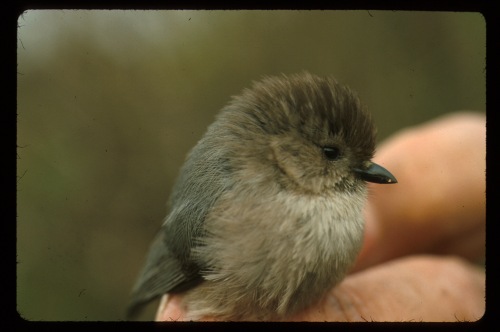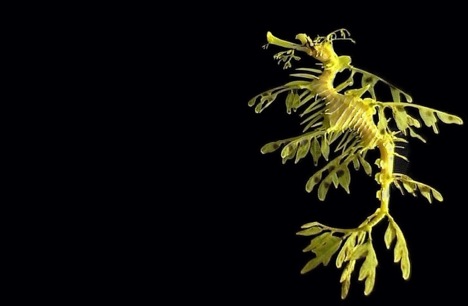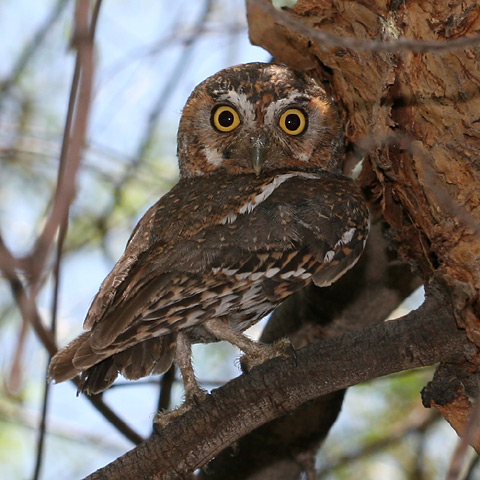
There is a new asphalt plant planned for a site along the Petaluma River.
GOOD NEWS, right!? Industry, new jobs in a ravaged marketplace… But, in this case, the costs may be too high. Because in this case, the proposed development is slated for a site right across from Schollenberger Park, which just happens, dear readers, to be one of the premier bird sanctuaries in North America. And, you know, sits within spitting distance of a dozen or so parks and schools.
So when a group of mothers heard that the council was all set to vote on the building permits and zoning changes, and learned about the toxic brew of noxious chemicals for which Asphalt companies are famous, they got a good whiff of something rotten in Denmark and promptly formed themselves into an advocacy group that they dubbed “Moms for Clean Air.”
In a typical gynocolocially inaccurate rhetorical ploy deigned to minimize the credibility of unruly females, certain critics have called the Moms “hysterical.” … You tell me, dear readers: Someone has threatened your kids– and your BIRDS, for goodness sake– and you don’t have good cause to be just a wee bit hysterical? Just a wee bit? Or might the emotion these critics are searching for be something closer to “righteous indignation?”
Hysterical, indeed.
In any case, the city and county apparently turned deaf ears on ths Moms’ complaints, so the mothers did what every parent who has been through PTA basic training knows to do. They went over the county’s head.
At long last, these mobilized mothers found an advocate in California Assemblyman Jared Huffman, a Democrat from Southern Sonoma who, according to a Chanel 5 report, “organized the first comprehensive hearing on the issue, bringing together regulators from the EPA, Fish and Game, The Bay Area Air Quality Management District, and other agencies, most of which are just beginning to look at the project.”
The company that wants to the build the plant, The Dutra Group, says that “This is the right plan, and this is the right location.” Shockingly, the spokeswoman who delivered this little pearl of persuasive wisdom is named Dutra. What a coincidence.
Isn’t it also the funniest coincidence that Dutra’s other asphalt plant has already been cited–multiple times– for environmental violations?
Need more?
In 2001, Marin County Grand Jury accused the company of illegally expanding operations.
In 2006, Dutra was fined $735,000 for dumping sludge near the Farallon Islands.
The Dutra family denies these incidents ever happened. Apparently, they have never heard of a little thing called “public record.”
So far, only one council member (Zane) has been willing to publicly announce opposition to the asphalt plant. The other four, stalwart souls all, are refusing comment. But, s hould you have a comment, dear reader, and should you be of the same mind as the author of BV, you may follow the links to the Moms’ site, and tell them that they have your support. You may also follow this link to a PDF of their mission statement.
Go, Moms!















